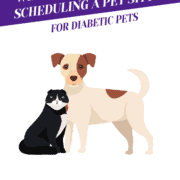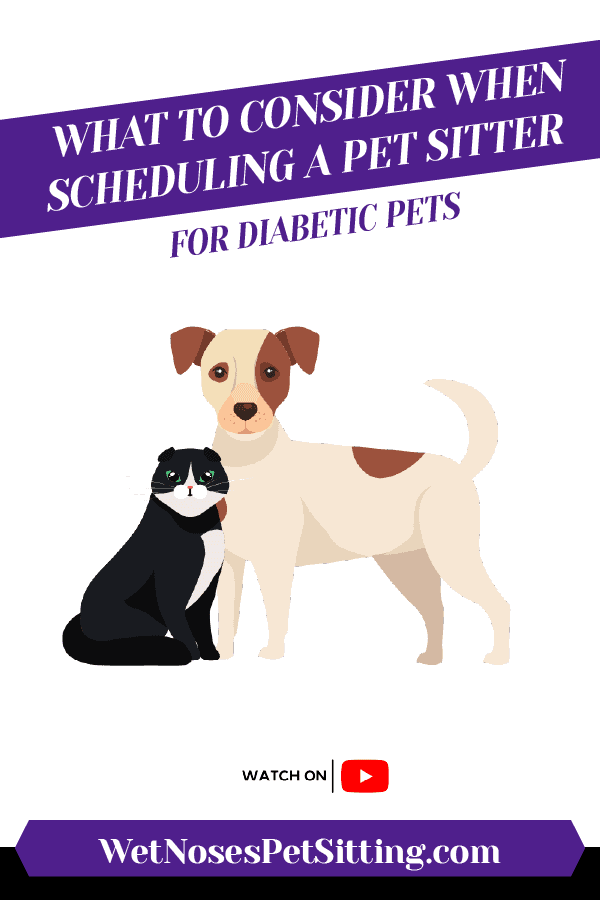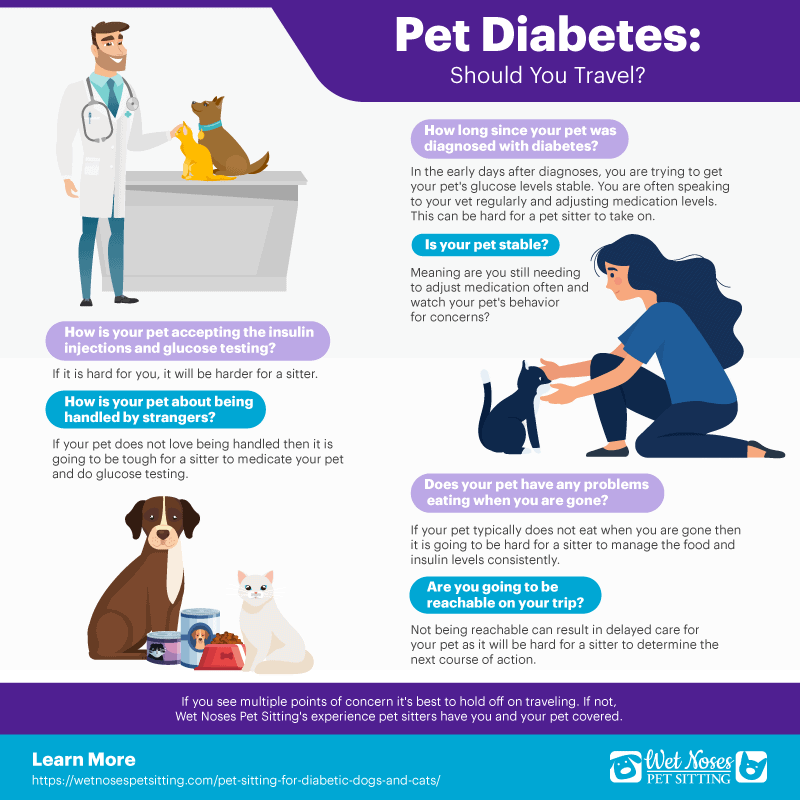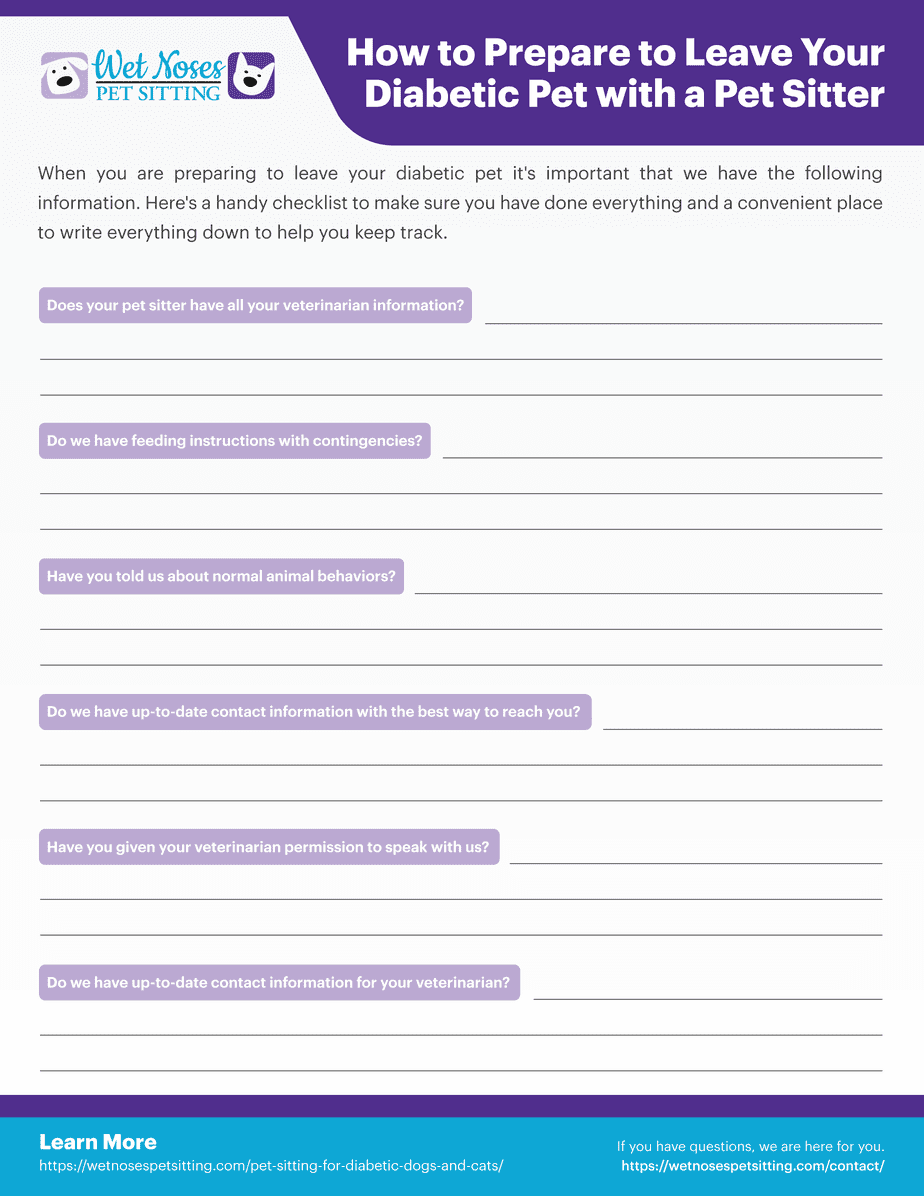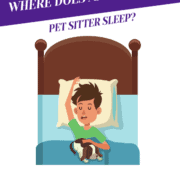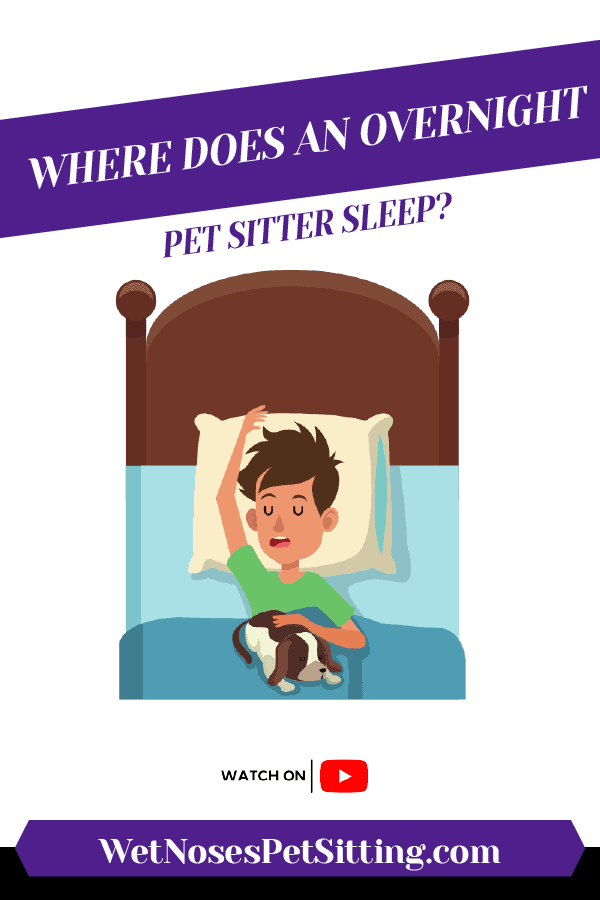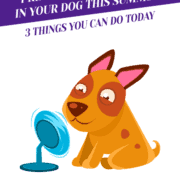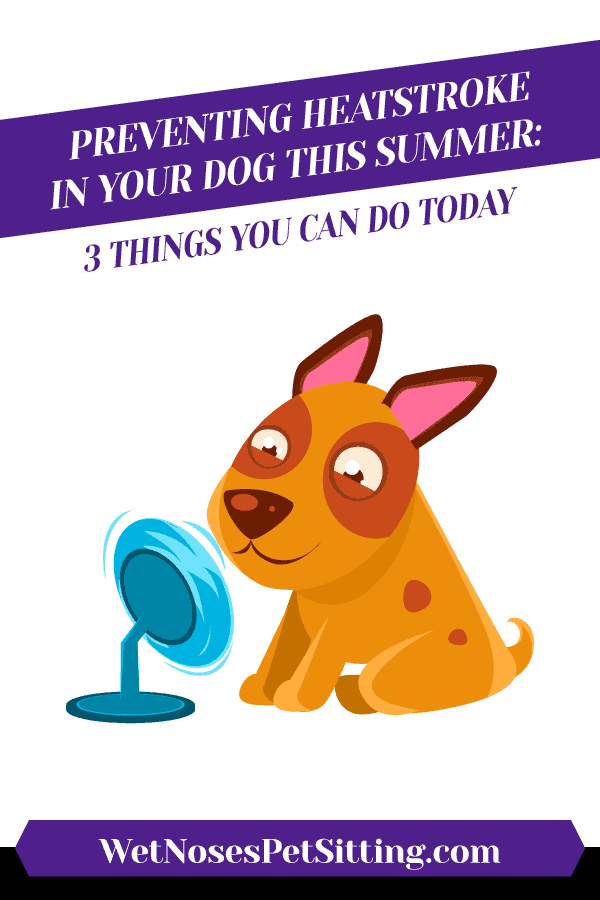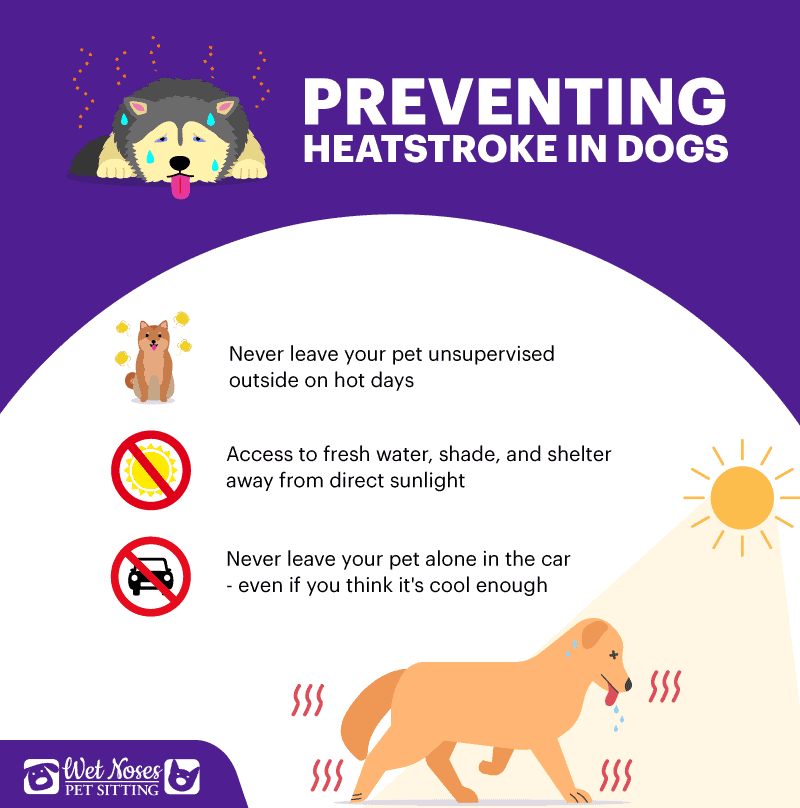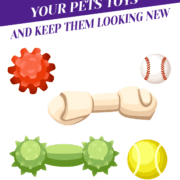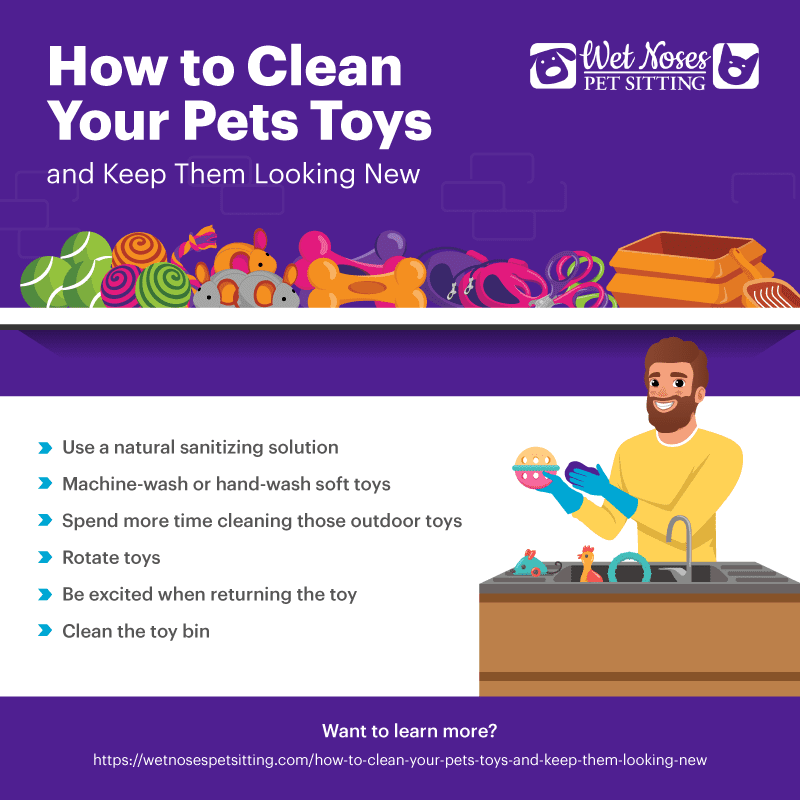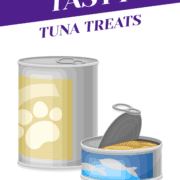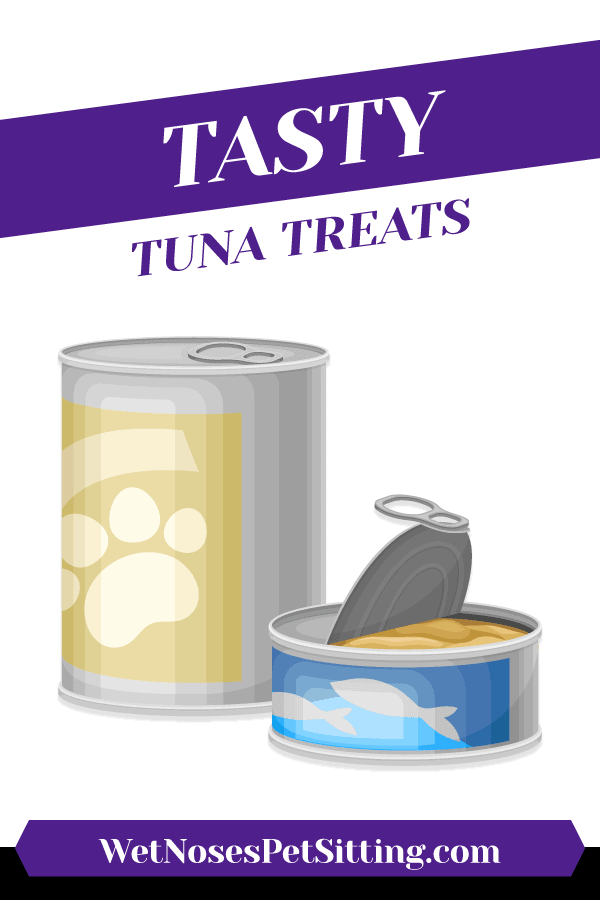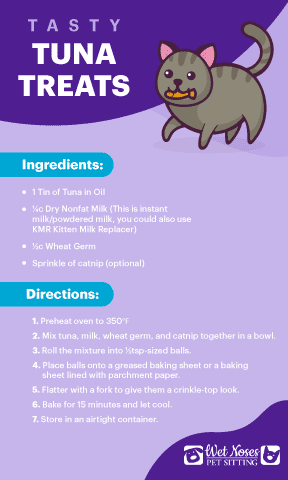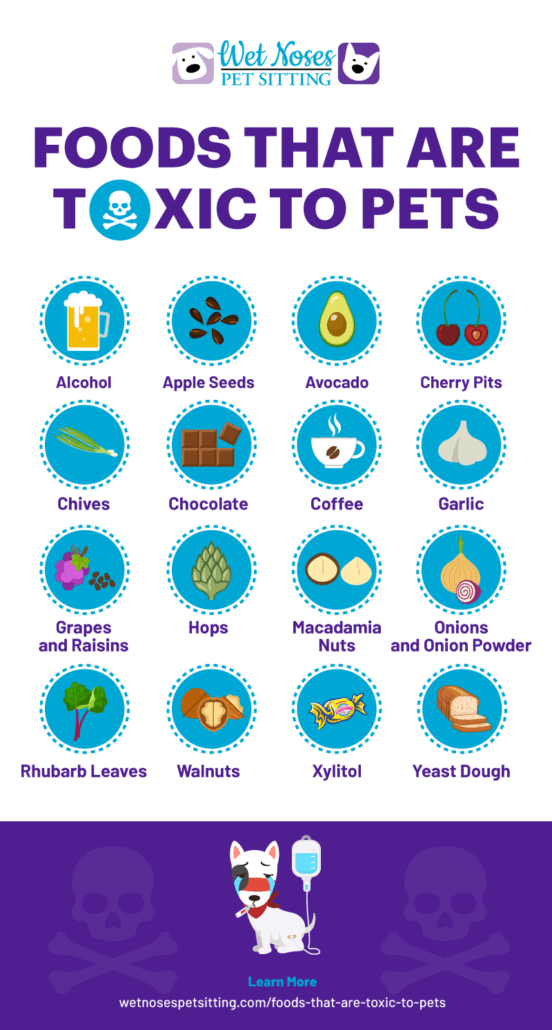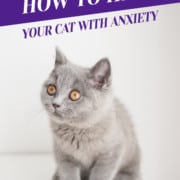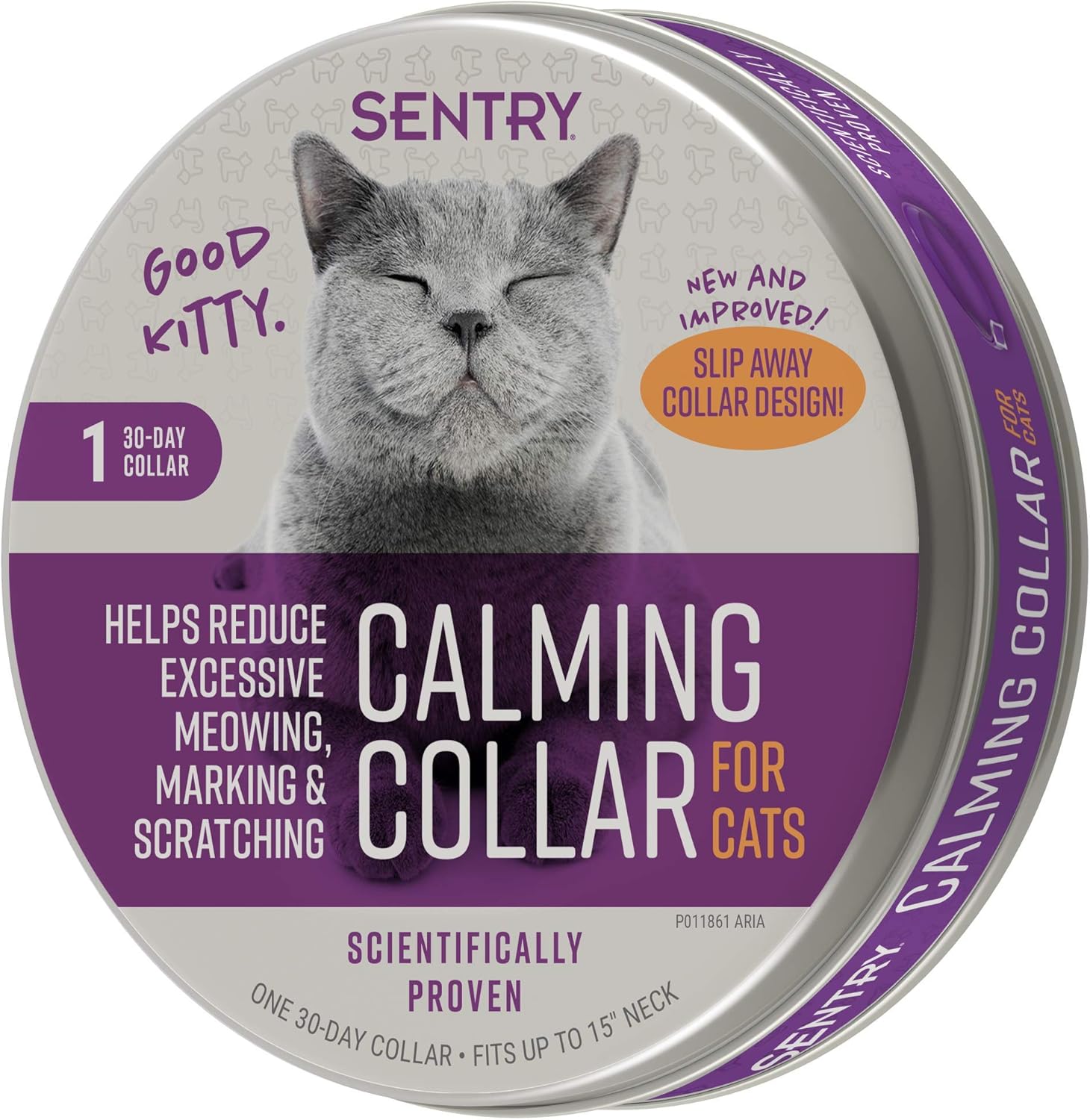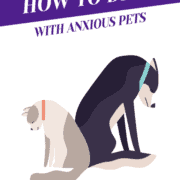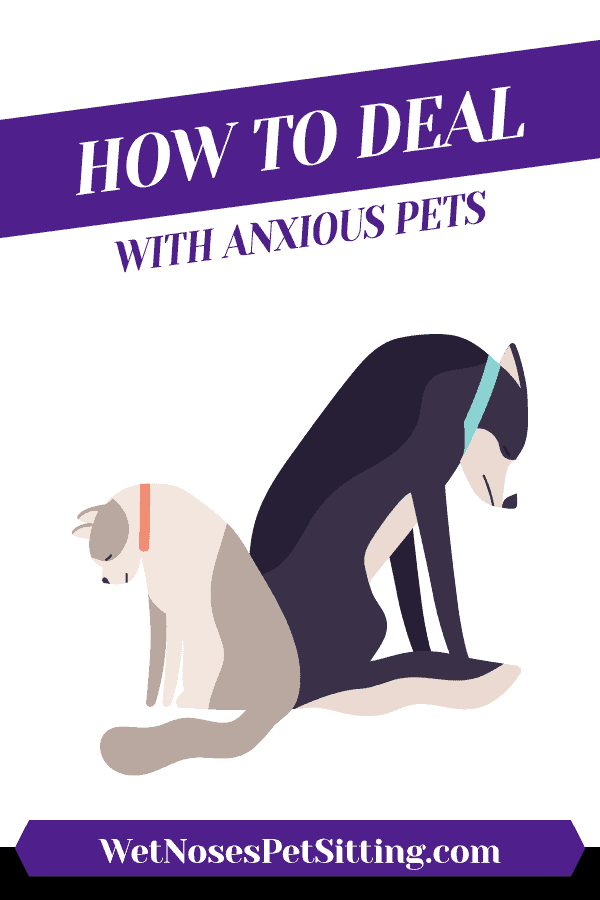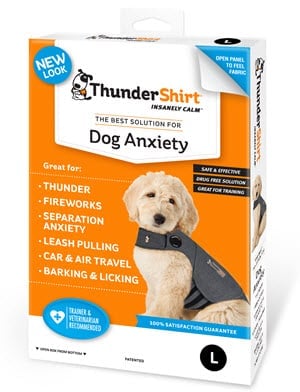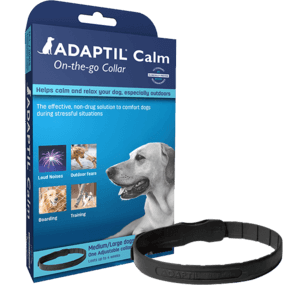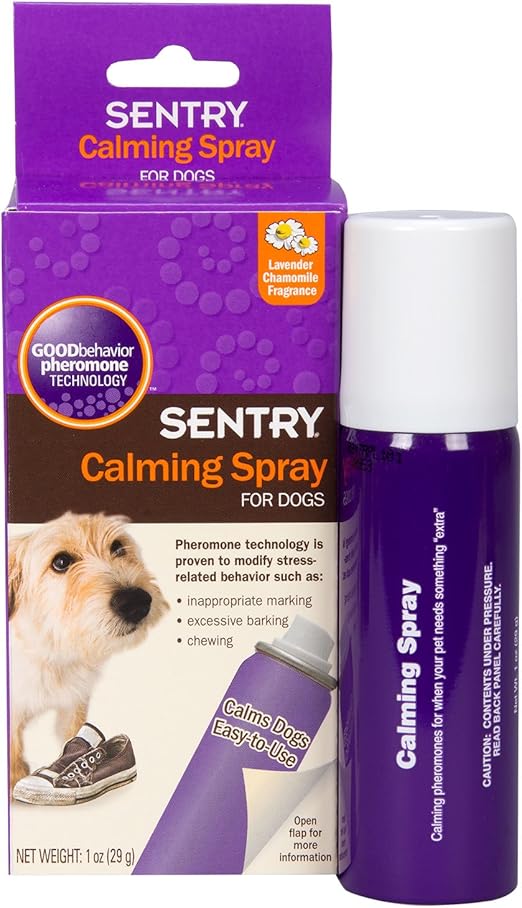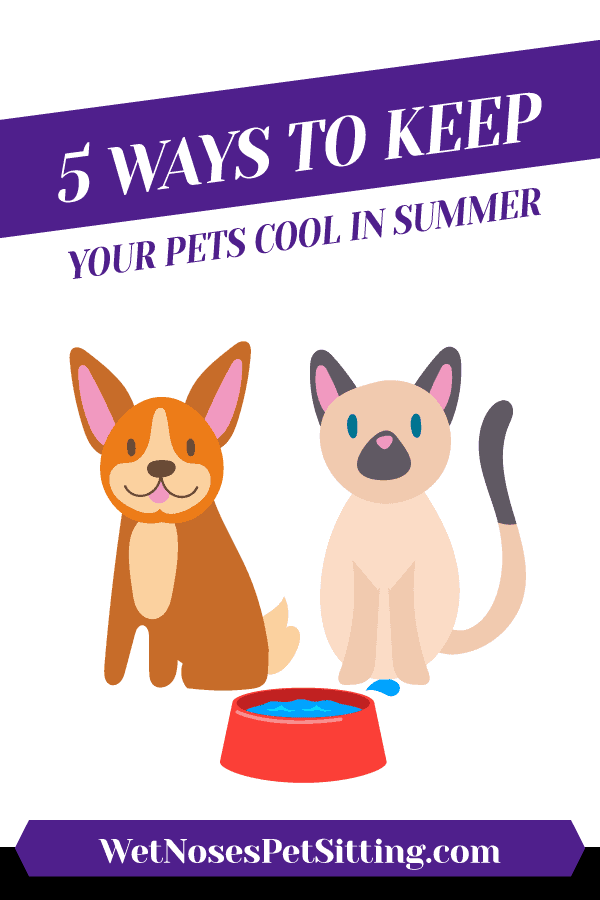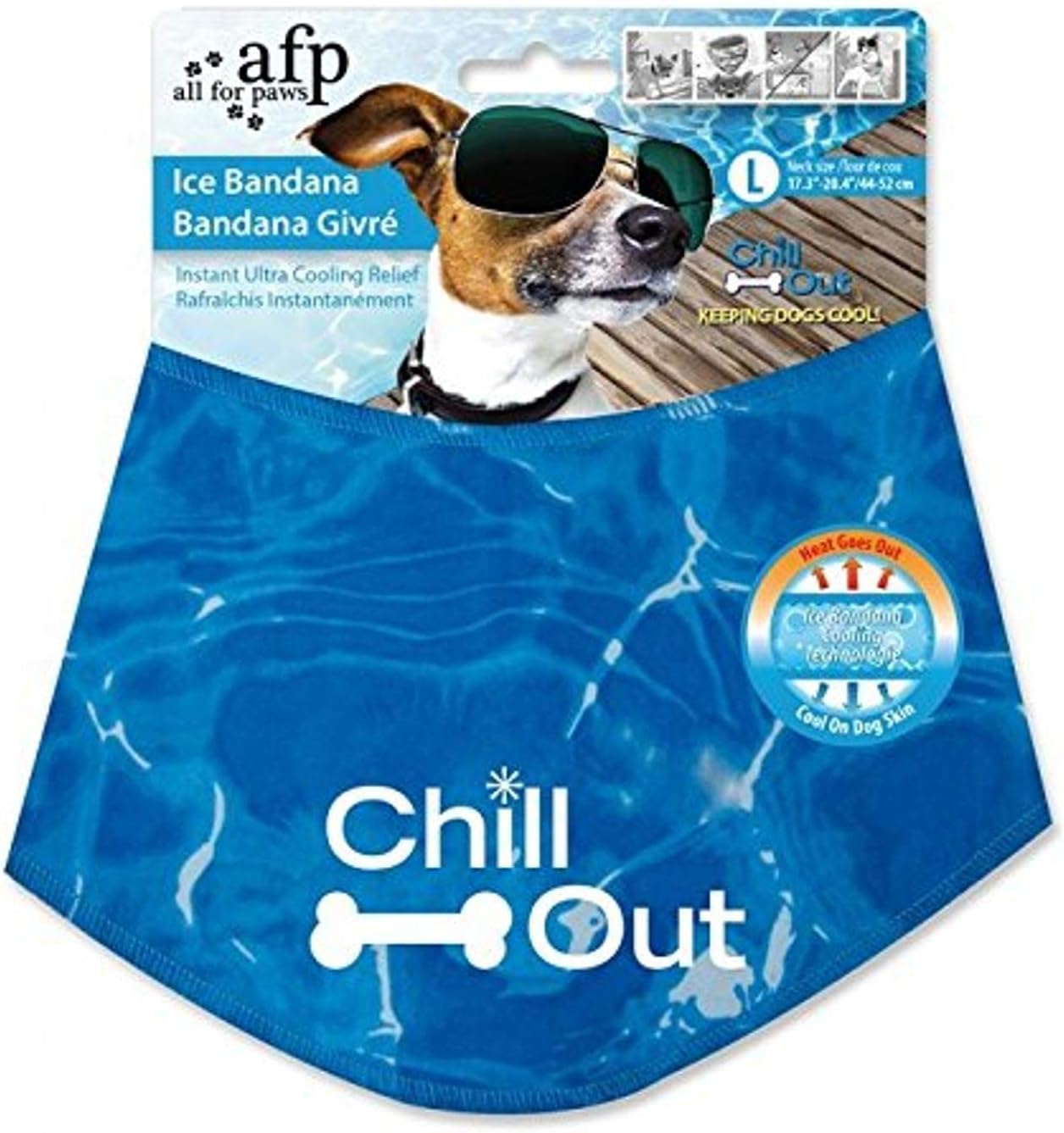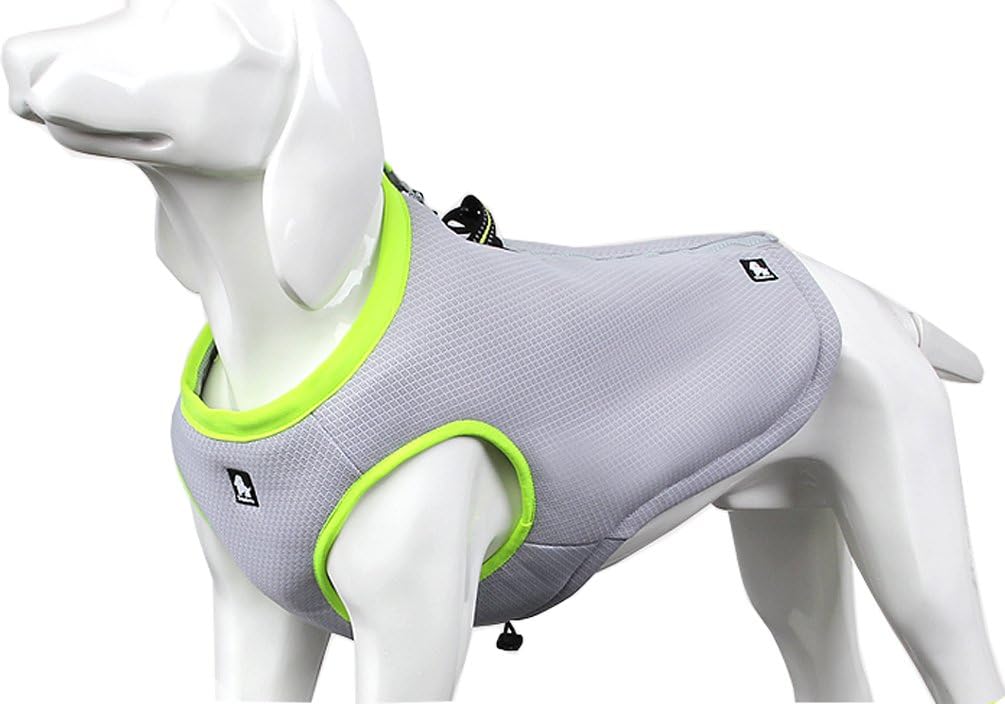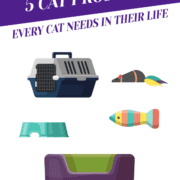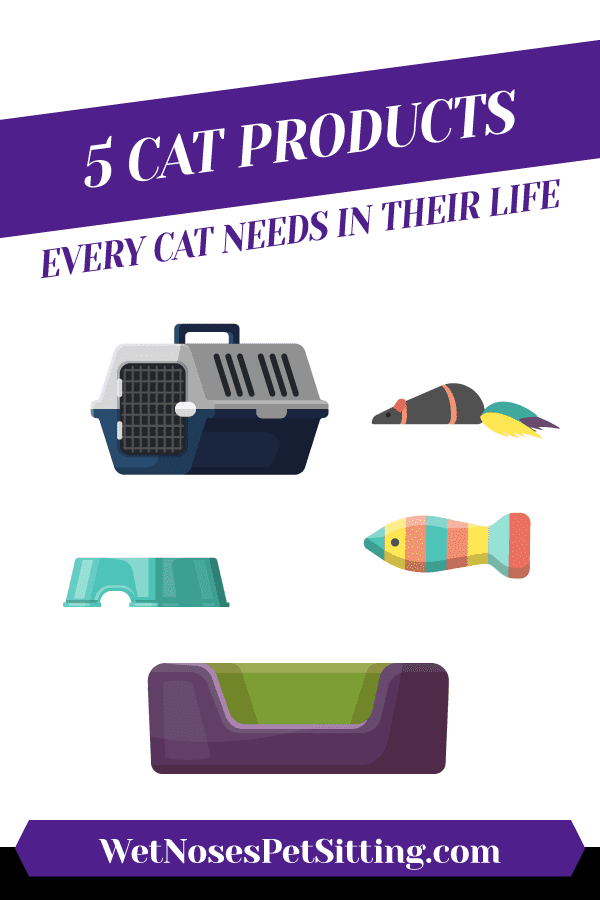What to Consider When Scheduling a Pet Sitter for Diabetic Pets
What to Consider When Scheduling a Pet Sitter for Diabetic Pets?
When you have a cat or dog with diabetes it can be a tough decision when deciding to go out of town because there are a lot of factors to consider such as finding pet sitting for a diabetic pet. We want to walk you through these points of concern and discuss when you should make the choice to stay in town and skip that vacation instead. If you decide it is okay to leave, we have a list of suggestions for pet sitting schedules that we have found work out well for diabetic pets. All pets need amazing care, but without an educated and precise pet sitter, it can be easy for a diabetic pet to become ill.
Want to skip the article? Check out our video below that covers the same information.
Should You Travel?
We are always happy to help out, but there are some factors that need to be considered with diabetic pets before you make the decision to go on a vacation.
- How long since your pet was diagnosed with diabetes?
In the early days after diagnosis, you are trying to get your pet’s glucose levels stable. You are often speaking to your vet regularly and adjusting medication levels. This can be hard for a pet sitter to take on. - Is your pet stable?
Meaning are you still needing to adjust medication often and watch your pet’s behavior for concerns? - How is your pet accepting the insulin injections and glucose testing?
If it is hard for you, it will be harder for a sitter. - How is your pet about being handled by strangers?
If your pet does not love being handled (especially cats) then it is going to be tough for a sitter to medicate your pet and do glucose testing. - Does your pet have any problems eating when you are gone?
Pets need to eat before receiving their insulin. If your pet typically does not eat when you are gone then it is going to be hard for a sitter to manage the food and insulin levels consistently. - Are you going to be reachable on your trip?
Whenever there is a problem with a pet, especially a pet with medical problems, we will reach out to you for suggestions and ideas. If you are not able to be reached it will be hard for a sitter to determine the next course of action.
If you are seeing multiple points of concern, then you should consider waiting to travel until your pet is more stable. We are concerned for both your pet, who is not feeling well already, and the safety of the sitter who will be handling your pet in close quarters. If you think this is a good time to travel then we have multiple steps to make sure it goes smoothly!
How do You Prepare to Leave Your Diabetic Pet?
You have decided you are going to travel and want to make sure it goes as well as possible. So do we! Here is what a sitter will need so you can have the best trip:
- All the data from your veterinarian.
All of it. This can include normal and abnormal glucose levels, amount of insulin to be given, length of time after eating to give insulin, size of a normal meal, what to do if your pet does not eat, any abnormal behaviors to watch out for, etc. The more information you give your sitter, the more educated decisions she can make. - Feeding instructions with contingencies.
It is not unusual for animals to not eat if they are stressed or not feeling well. If your dog does not eat or your cat hides during a visit, think about what your sitter should do. Do you want the sitter to stay longer (and you pay for the extra time)? Should the sitter leave and come back? Can the sitter mix in some canned food or feed a different food altogether to get your pet to eat? We have been known to sit on the floor and hand-feed pets if that is helpful, we just need to know what you think is best. - Normal animal behaviors.
When your pet is not feeling well, what does she do? The better the list you make, the more we can look for. - How to reach you.
We try to solve problems ourselves, but we never want to mess with the health of a pet. When pet sitting diabetic pets, we like to be able to reach you if we have concerns. This is especially true if you are a new client or your pet has recently been diagnosed with diabetes. - How to reach your vet, and permission for us to speak to them.
You need to let know veterinarian know you will be out of town and who will be caring for your pets. If we cannot reach you, or the situation is urgent, we need to be able to reach a veterinarian quickly and not have to worry about any privacy issues.
We’ve put together a checklist to help you keep all of this information organized and to make sure you have all the information at the ready to provide your pet sitter.
But what if I’m not sure how my pet will do with a sitter?
If you are unsure of how your pet will do with a sitter – we offer trial visits. At Wet Noses Pet Sitting, we require a trial visit for any cat receiving medication. We recommend trial visits for dogs, but only require it if the dog seems nervous during the meet and greet. During a trial visit, you will leave and your sitter will come just like you are on vacation. This will allow us all to observe how your animal reacts to a new person handling them and allow us to flush out any questions your sitter may have.
If you know your pet will have a hard time – schedule multiple trial visits! We are happy to come to work with you for as long as it takes to get your dog or cat comfortable with us. We want everyone to be relaxed and have peace of mind when you do leave.
Petting sitting diabetic pets is something we love and if you can prepare all of this, then you can travel comfortably knowing that your diabetic pet will be well cared for. Now you just need to decide on a schedule! Unlike other pets, diabetic pets need medication every 12 hours. Below are our suggested schedules that are built with that in mind.
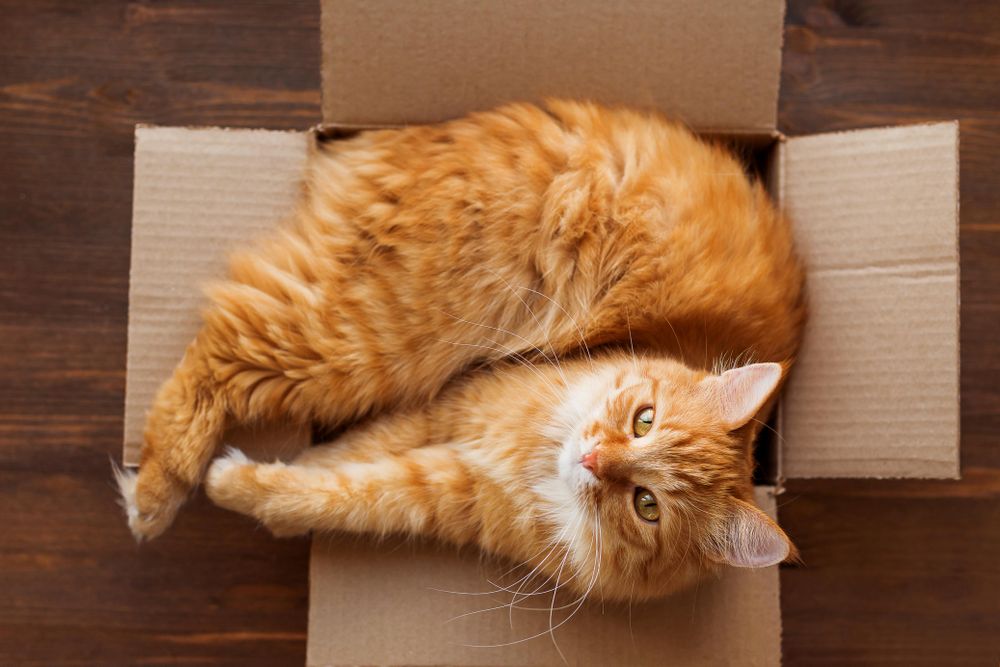
Fluffy ginger cat looking up from cardboard box by Konstantin Aksenov from NounProject.com
Diabetic Pet Option #1
This is an ideal schedule for diabetic pets who need eyes on them regularly.
30 Minute Mid-Day Visit
Your sitter will use this visit for a walk and/or playtime. It is a good time during the day just to check on your pet and make sure they are feeling okay. If you have a dog, this visit should be set at a time when your dog would normally need to go outside, so it is in line with their normal routine. A visit during the middle of the day like this means that your dog will only be alone for 6-7 hours, depending on the time of the visit.
12 Hour Extended Overnight Stay
A 12-hour overnight means your sitter will feed your pet and give insulin at the beginning and end of the stay. Your sitter will arrive in the early evening (around 7 pm) and take your dog for a walk or playtime (if you have one), whichever is normal for them. Then comes feeding and some time for relaxation. Right before bed, your dog goes out for the last outing, usually a potty break. Your sitter sends you a picture with an update so you can rest easy knowing your pup has company. In the morning there is time for another walk or playtime and feeding, as well as other pet chores. The Extended Overnight Stay is especially good for dogs and cats who are accustomed to having company and companionship during the evenings or if you have a large number of pets needing care.
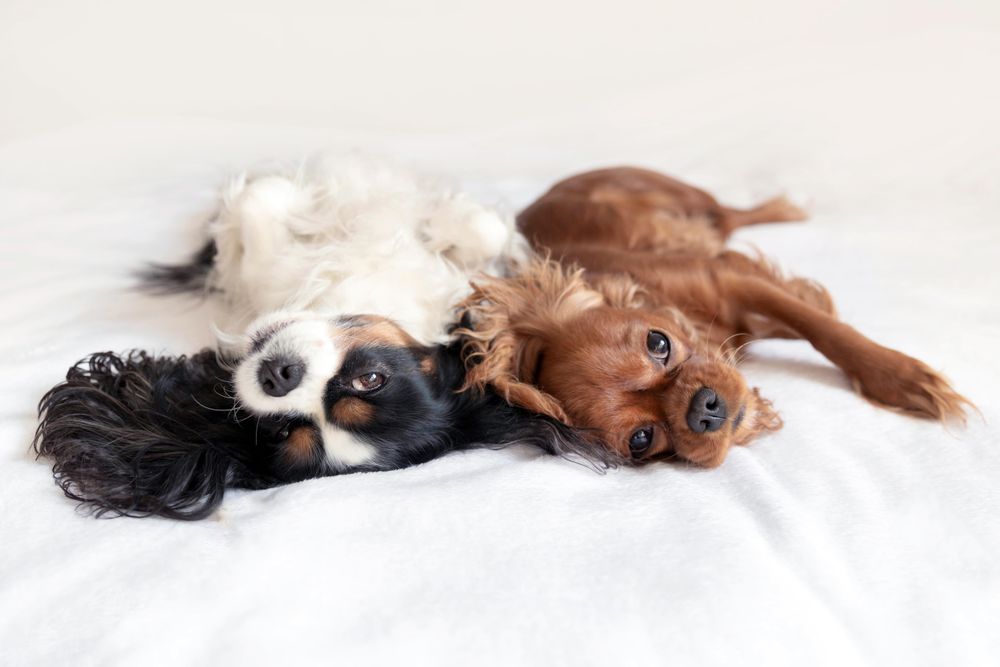
Two cavalier spaniels lying next to each other on bed by Anna Fotyma from NounProject.com
Diabetic Pet Option #2
This is a good schedule for diabetic pets who are used to being home alone in the evening but like having company overnight.
30-Minute Dinner Visit
Your sitter arrives ready for a walk (if you have a dog) and dinner time! Your pets will be happy to see them after a day apart, so there is usually some happy greeting time followed by a trip outside to go potty for dogs. This visit will be scheduled during the time that your pet needs their evening insulin. After dogs get their evening walk, or cats have playtime, it is time for dinner and medication. Your sitter sends you a picture with an update so you can rest easy knowing your pet has company. Before leaving, your sitter turns on some lights so your pets are not alone in the dark, and to make your home appear lived in.
9-10 Hour Regular Overnight Stay
Your sitter will arrive in the evening (around 10 p.m.) and let your dog out for a potty break. Your sitter then settles your pup in for their normal bedtime routine. Maybe your dog sleeps in the bed with your sitter, or on a dog bed in the bedroom. If your dog needs a tuck in with a blanket or a late-night treat, that will happen. In the morning there is time for a let out or a quick walk and feeding. Before leaving, your sitter will set your pup up for the day with her normal routine, including breakfast and medication. The overnight stay is especially good for dogs who are accustomed to having company and companionship overnight and provides a level of consistency that dogs appreciate. It also allows your sitter to keep an eye on your pet’s behavior for any changes that indicate she is not feeling well.
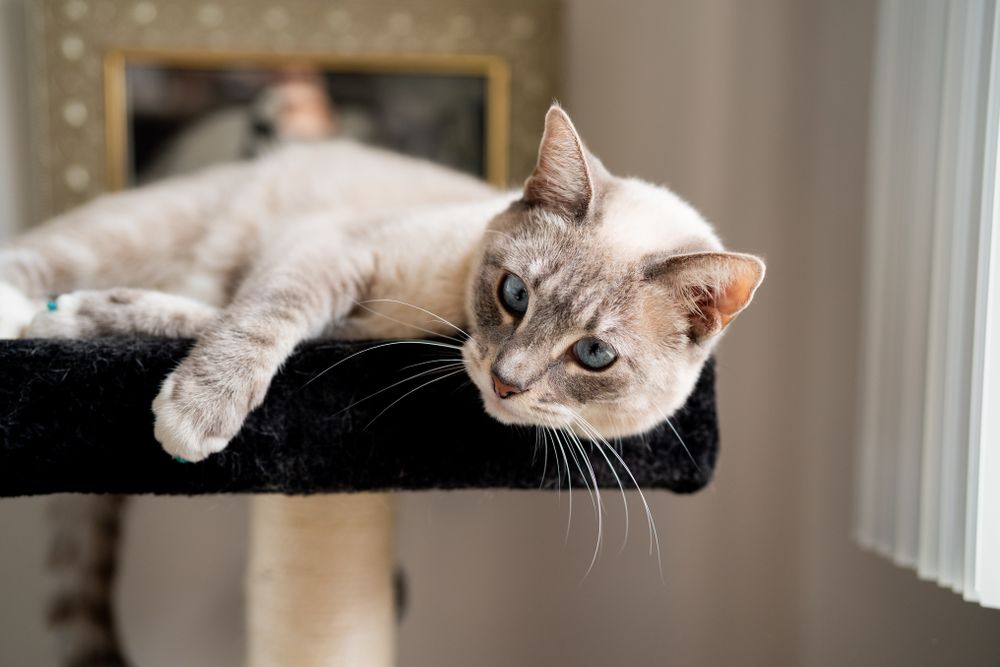
Pet cat laying down on cat perch by Noun Project from NounProject.com
Diabetic Pet Option #3
This is a good schedule for pet sitting diabetic pets who are fine with being home alone overnight.
30-Minute Breakfast Visit
Your sitter will arrive in the morning (between 7-8:30 am) and take your dog for a walk or playtime, whichever is normal for her. It is an exciting time to get up and stretch our legs first thing in the morning! Cats gets some cuddles and playtime, whatever they like. Then comes feeding, medication, and other normal chores. Before leaving your sitter will set your pup up for the day with her normal routine, whether it be a stuffed KONG or leaving a radio on.
30 Minute Late Afternoon Visit
Your sitter arrives ready for a walk and playtime! Your pup will be happy to see her after a day apart, so there is usually some happy greeting time followed by a trip outside to go potty. Then they are off for their walk or playtime outside, depending on what your dog prefers. Your sitter sends you a picture with an update so you can rest easy knowing your pup has company. Before leaving, your sitter turns on some lights so your dog in not alone in the dark, and to make your home appear lived in.
15-30 Minute Night Visit
This visit should be timed to be 12 hours apart from your breakfast visit. The sitter will take dogs out for a last-minute potty break and then feeding and medication. It allows your pup to close out the day comfortably and securely. Your sitter will let your pup out and settle her in for the night with her normal routine. At the end it is lights out and time for sleep!
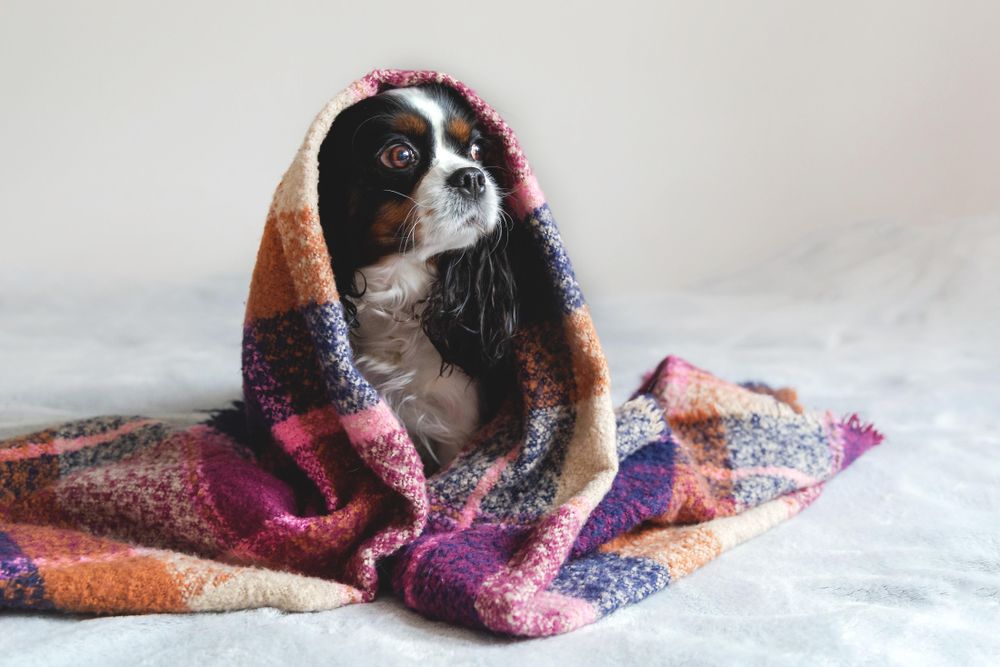
Cavalier spaniel sitting under under purple blanket by Anna Fotyma from NounProject.com
Our Considerations for all Pets
When it comes to pet sitting diabetic pets, there are a few factors we like to consider when setting a schedule:
- All diabetic pets need visits spaced 12 hours apart for insulin, so we stick to that when scheduling.
- How long is your dog used to being home during the day? Do you work a full dog or do you work from home?
- How often does your dog go outside during a normal day? It is easy to underestimate so try counting for a few days to be sure.
- Does your dog need a lot of exercise? If so, consider schedules for active dogs.
- Where do your pets sleep at night? If your dog waits for you to go to bed and then joins you, you need overnight stays. If your dog wanders off at 9 p.m. and you don’t see her again until 7 a.m., you can probably get away with just visits, if you want.
- For you – are you more comfortable having someone active around the house? If so, then you want an Extended Overnight.
Time to Customize!
We want to work with you to set up the best possible schedule for your dog, so you are all happy during your trip. We also know that each home is different, and a lot of people have more than just one dog!
After you have a basic idea of your schedule we sit down to figure out the nitty-gritty:
- Are there any other pets in the home that need feeding, medication, etc.? We make sure your visit has enough time to get everything done.
- We like to allow enough time for feeding, changing water, walks, and some cuddles (if your pet is so inclined).
- There needs to be enough time to clean out food and water bowls and clean up any messes, toys, etc.
- Many people who love animals, also love plants! Normal visits have time for a small bit of plant watering. If you have beautiful summer gardens, then we need to see how long they take to the water and add that on to your normal visits.
- On your normal schedule, we can complete household tasks like bringing in the newspaper, collecting the mail, turning lights off and on, and taking out the trash.
- Do you want updates every visit? Many clients do, just keep in mind that your sitter will take 5+ minutes to send an update and that is time during your visit not focused on your pets.
- It will take a sitter a bit longer to get the work done than it takes you, especially if you have extensive routines for your pets and home. You have had years to perfect your system! We always try to make sure your pet sitter will have enough time for everything so she will not feel stressed and your pets will receive the focus they deserve.

